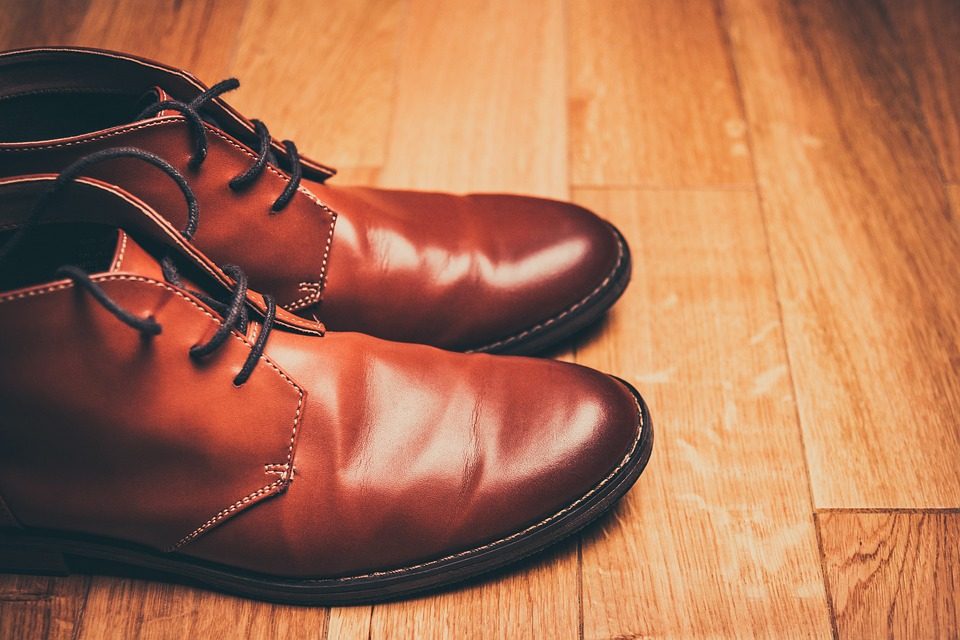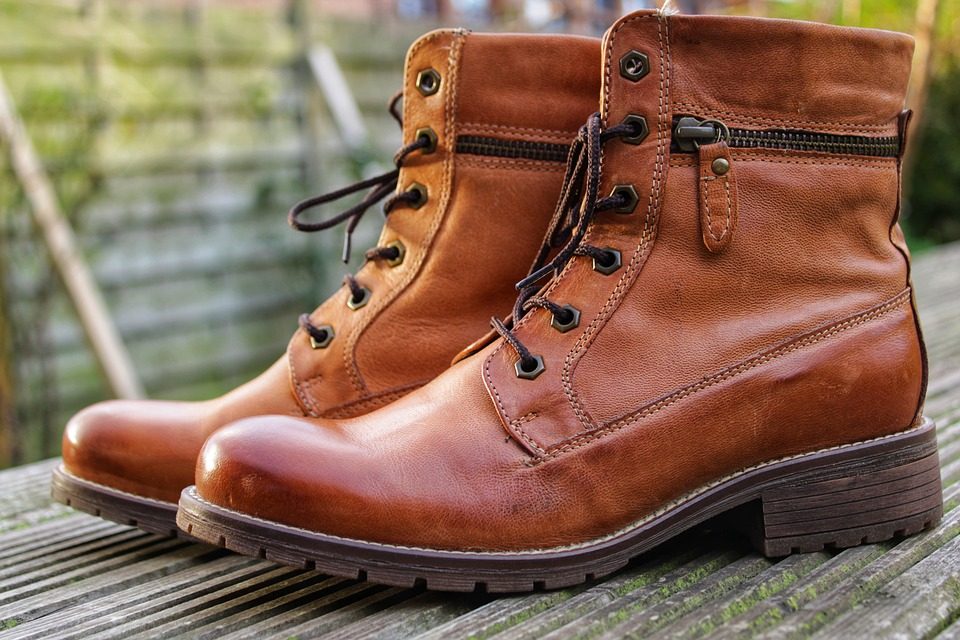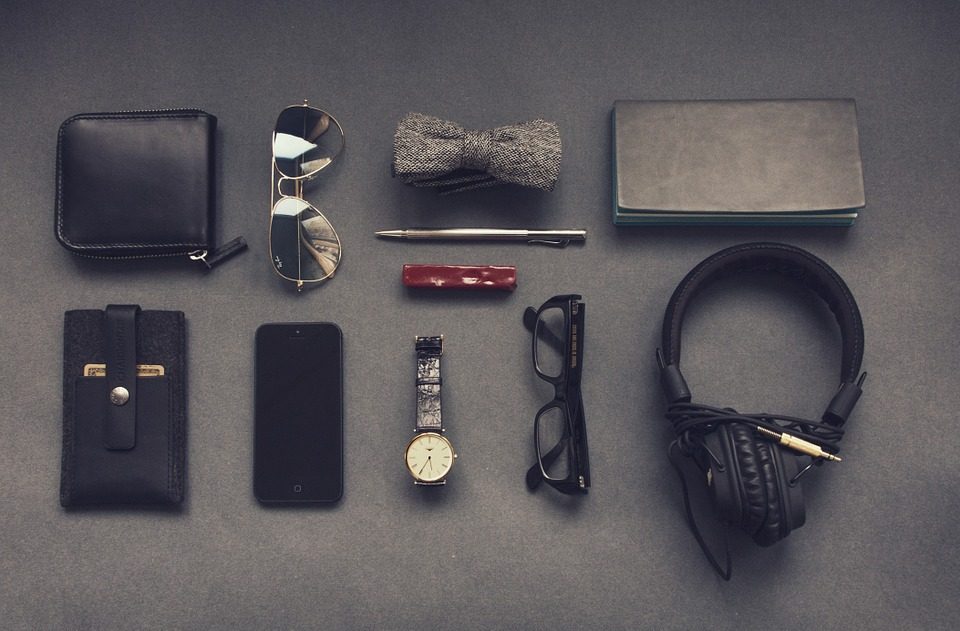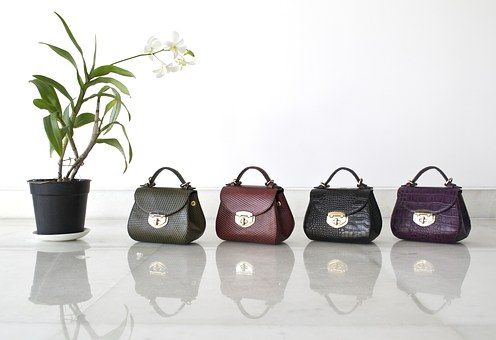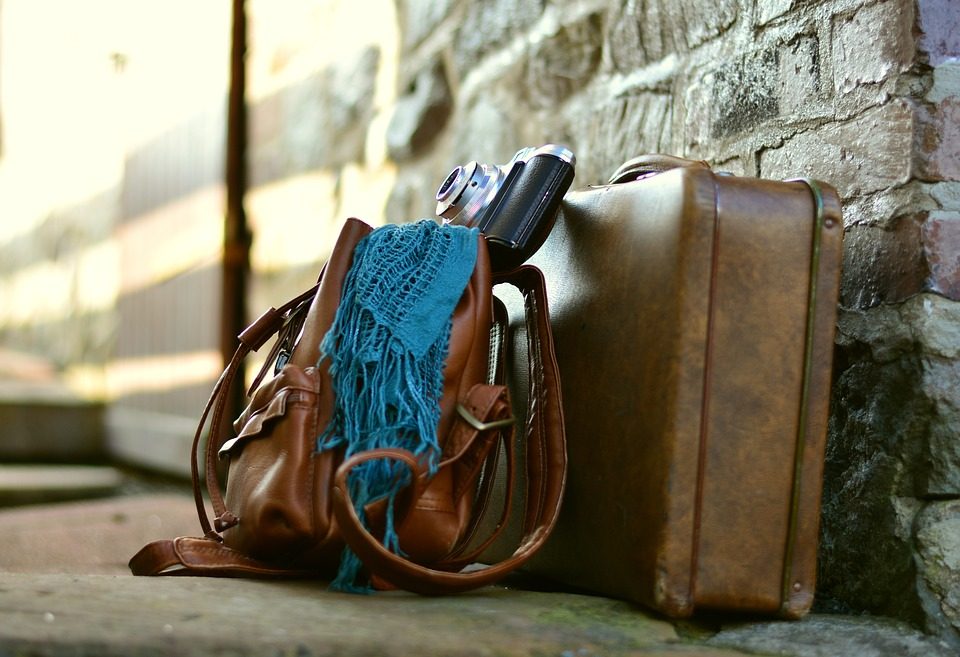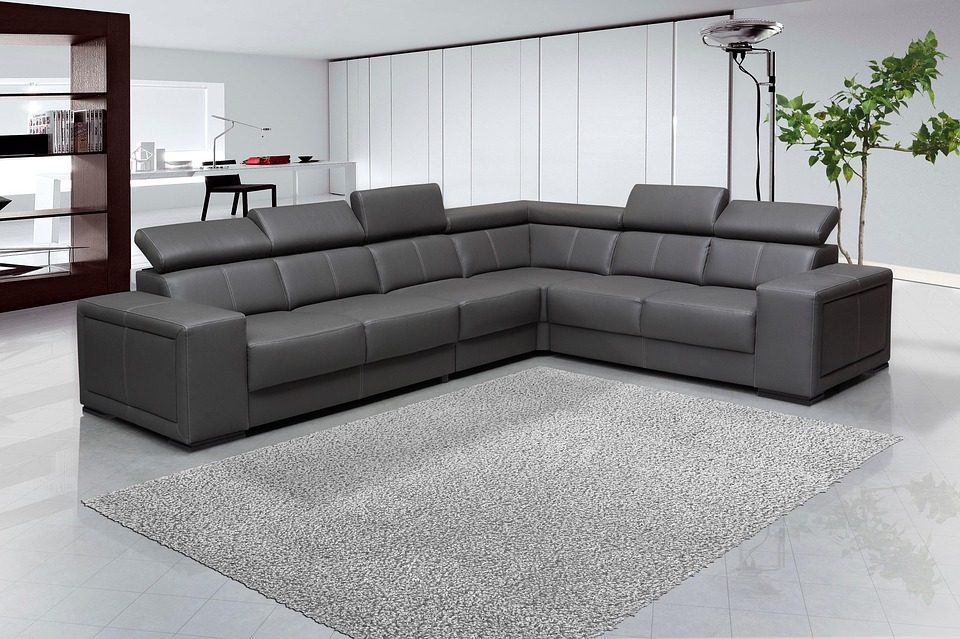How to clean leather shoes is a very frequent question especially for those who care a lot about their shoes and cannot wear them ruined. Leather shoes are beautiful, comfortable, but also delicate, because they are made with natural materials that require a lot of care, attention, and special leather finishing products, but at the same time can be cleaned easily and quickly. However, cleaning leather shoes is an action that always creates a slight anxiety, which is why we are going to explain how you can clean your leather shoes.
It is good to distinguish two types of cleaning: ordinary and extraordinary. The first is more frequent and you can do it at home and by yourself every time you feel the need, the second is more thorough and requires tools, professional techniques, and leather chemistry. Let’s talk about the ordinary cleaning:
- Cleansing milk or drinking milk: Take a wad of cotton wool and pour in a drop of cleansing or drinking milk. Then rub gently on the stain and prevent the leather shoe from getting soaked. In this way, you will probably be able to remove the leather shoe.
- Breadcrumbs: It depends on the type of stain you need to remove, but passing over a piece of breadcrumb could help eliminate it.
- Marseille soap: Take a basin of warm water and melt some Marseille soap and dip a cloth. Pull it out, tighten it tightly to prevent it from being filled with water, and start rubbing.
- Vinegar: According to some experts of household methods, white vinegar in small quantities, applied with a soft cloth, can remove stains.
- Olive oli: Olive oil with a few drops of lemon juice can become an excellent polish for leather shoes to be applied with a thick cotton cloth or a sponge. Leave the product to work for a few minutes, clean, and polish with a clean cloth. In the end you can also apply a specific leather softener.

